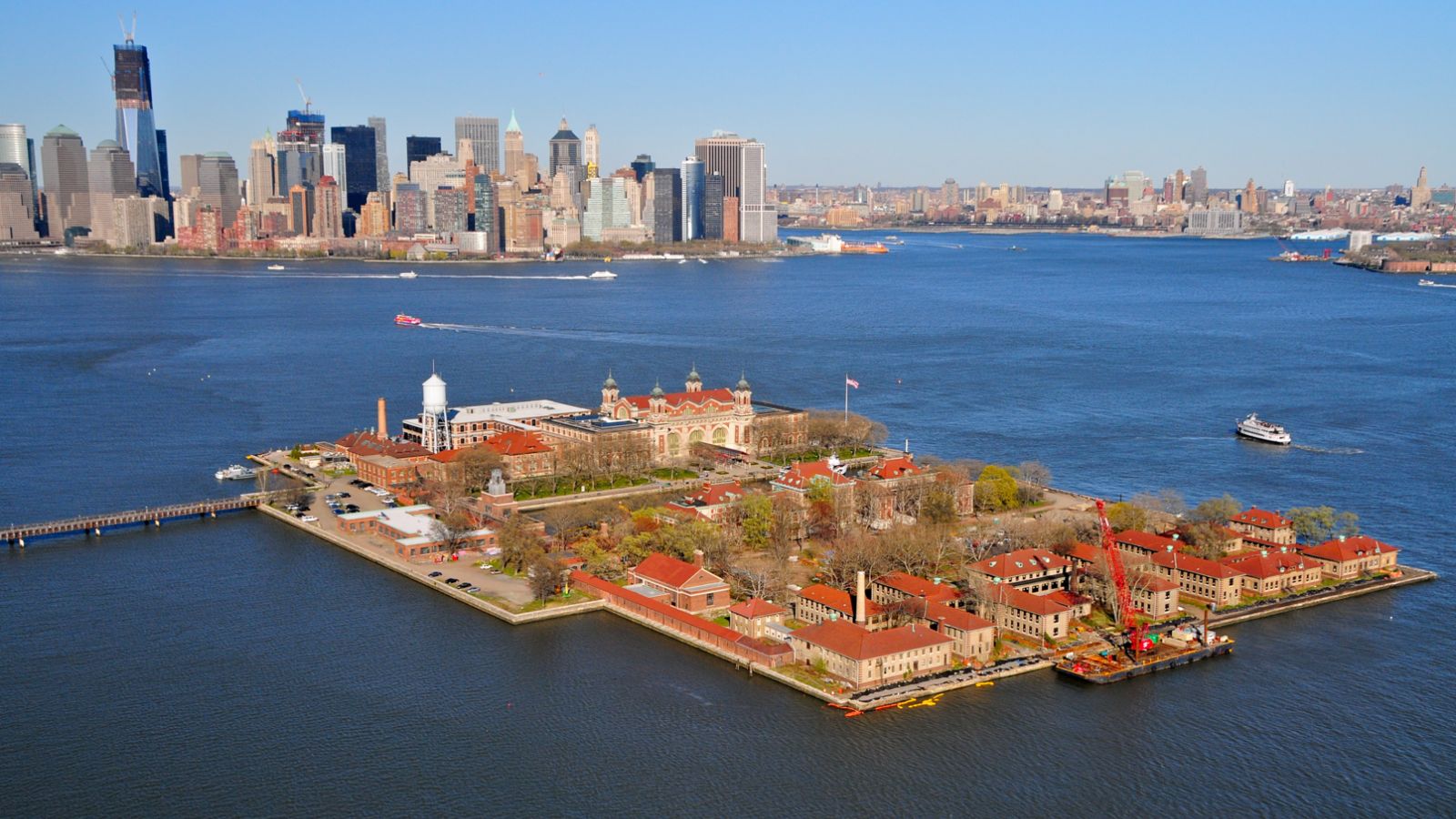These 17 historic sites are celebrated for their natural beauty, diverse histories, and unique architecture. However, extreme weather and ...
These 17 historic sites are celebrated for their natural beauty, diverse histories, and unique architecture. However, extreme weather and rising temperatures threaten them, and they might not be around much longer as a result.
Glacier National Park, Montana

This national park in Montana is famous for its glaciers, but they are rapidly melting and retreating due to global warming. There are warnings the glaciers could disappear entirely within decades, which could threaten native plant and animal species.
Cape Hatteras Lighthouse, North Carolina

The Cape Hatteras Lighthouse, known for its black-and-white stripes, has stood on Hatteras Island since 1870. However, the encroaching Atlantic Ocean threatened this historic beacon and its surroundings, and it had to be moved inland in 1999.
Charleston’s Historic District, South Carolina

This National Historic Landmark District contains a collection of 18th- and 19th-century architecture in Charleston. The Preservation Society of Charleston reported that modern development at Union Pier has seen the Historic District added to the National Trust for Historic Preservation’s 2023 11 Most Endangered Places in America list.
Historic Route 66

Part of this iconic highway that ran from Chicago to Santa Monica is in disrepair and has lost historic roadside attractions. Celebrated in music, literature, and film, Historic Route 66 symbolizes American automotive freedom and exploration, and there have been calls to designate it a National Historic Trail.
Alaskan Tundra

Alaska’s Department of Fish and Game writes that the “tundra is an ecosystem of great beauty and abundance, shaped by the dramatic seasons of the far north.” However, the region is threatened by accelerated melting of permafrost due to global warming, which releases greenhouse gases, destabilizing the ground.
The French Quarter, New Orleans, Louisiana

The French Quarter is New Orleans’s oldest neighborhood, founded in 1718. Today, it is a National Historic Landmark and a prime tourist destination, but it is threatened by severe weather events and is located below sea level.
Mesa Verde National Park, Colorado

This National Park in Colorado is a UNESCO World Heritage Site, known for having over 4,700 archaeological sites, including cliff dwellings, pithouses, and masonry towers. There is an increased risk of wildfires as temperatures rise and erosion threatens these ancient Pueblo cliff dwellings.
Ellis Island, New York

Storm surges and rising sea levels threaten the site of America’s busiest immigrant inspection station from 1892 to 1954. Important records and artifacts at Ellis Island are at risk from potential flooding, and there have been proposals for a sea wall to protect the historic site.
The Everglades, Florida

The largest subtropical wilderness in the country, the Everglades in southern Florida are known for their flooded grasslands. The region is threatened by rising sea levels, increased hurricane activity, and invasive species like the Burmese python, reducing biodiversity. The Florida Museumnotes, “Development pressures from agriculture, industry, and urban areas have destroyed more than half of the original Everglades.”
Denali National Park, Alaska

The rapid melting of glaciers in Denali National Park threatens its wildlife habitats and natural water systems. Increasing tourism in the park, which has the tallest peak in North America, requires sustainable management practices to protect the landscape.
The Grand Canyon, Arizona

Humans have introduced non-native plant and animal species into the Grand Canyon, which outcompete native species for food, space, and water. Air pollution from nearby metropolitan areas and coal-fired power plants also reduces visibility in the area.
Joshua Tree National Park, California

This National Park in southeastern California is famous for its Joshua trees, but they are at risk from rising temperatures and altered precipitation patterns, as well as the increased frequency and intensity of fires. The Center for Biological Diversity argues that hotter, dryer conditions result in “very few younger trees becoming established in many areas.”
The USS Arizona Memorial, Hawaii

The USS Arizona has been submerged for over eighty years and is deteriorating due to salt water, which poses a threat to the memorial’s structural integrity. Oil still leaks from the USS Arizona, further degrading the harbor’s environment.
Colonial Williamsburg, Virginia

More frequent extreme weather events, including flooding, threaten this living history museum. Potential housing and commercial developments near the site also threaten the site’s ability to preserve its history.
Chaco Culture National Historical Park, New Mexico

The NPS describes this national historic park as “a thriving regional center for the ancestral Pueblo people from 850 to 1250 CE.” Frequent thunderstorms and snowfall in the region threaten the site, eroding the ruins, and the roots of small plants can damage the masonry joints.
The Freedom Trail, Boston, Massachusetts

The pressure of Boston’s urban development and infrastructure projects pose risks to the Freedom Trail’s historic sites. Continuous efforts are needed to maintain and protect its 16 historically significant sites while enhancing visitors’ experience without compromising its historical integrity.
Sequoia National Park, California

The increasing frequency and intensity of the Golden State’s wildfires pose a significant threat to the giant sequoias of this National Park. Changes to the climate are also making the growth and survival of these giant trees more complex, so efforts to understand and mitigate these efforts are ongoing.